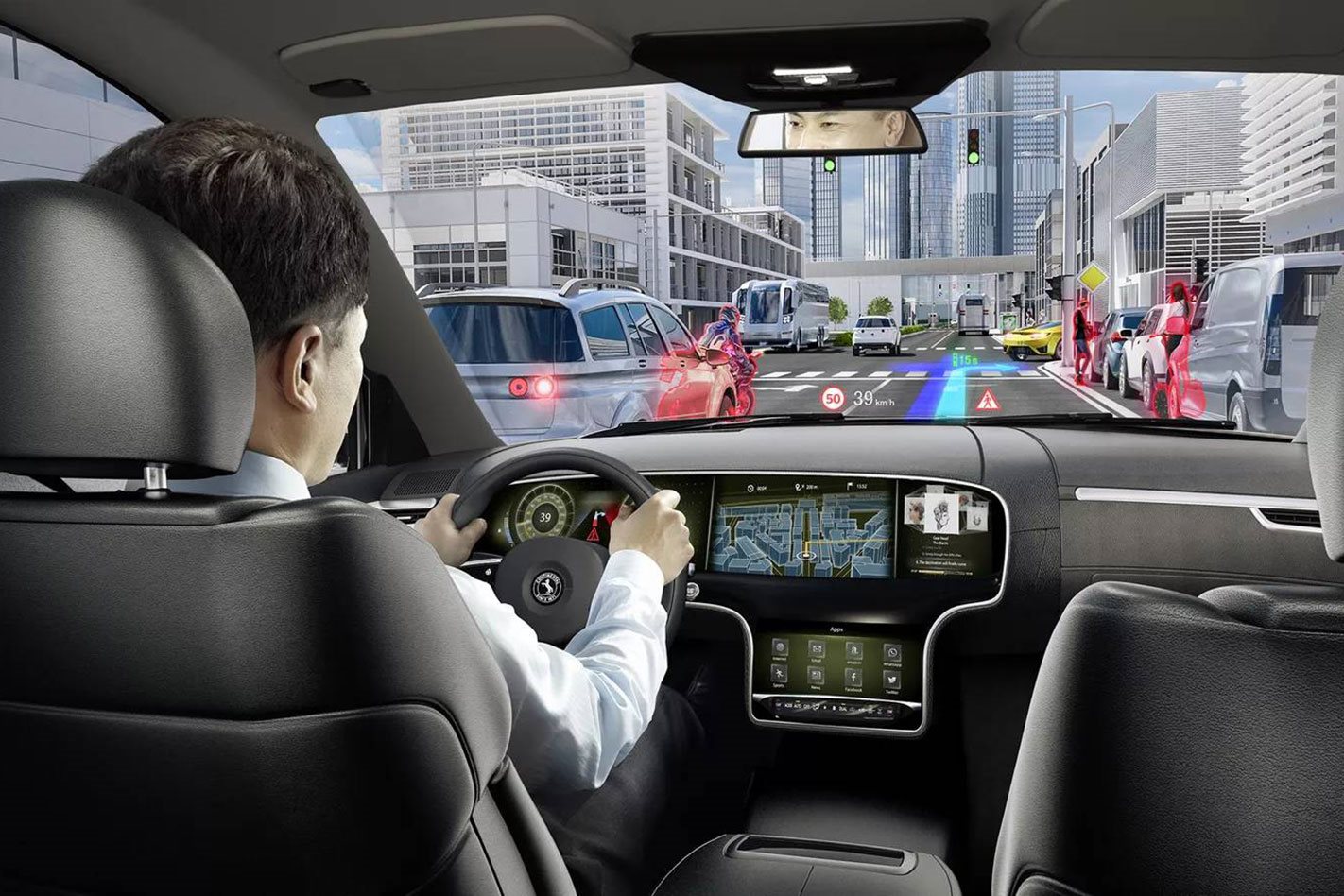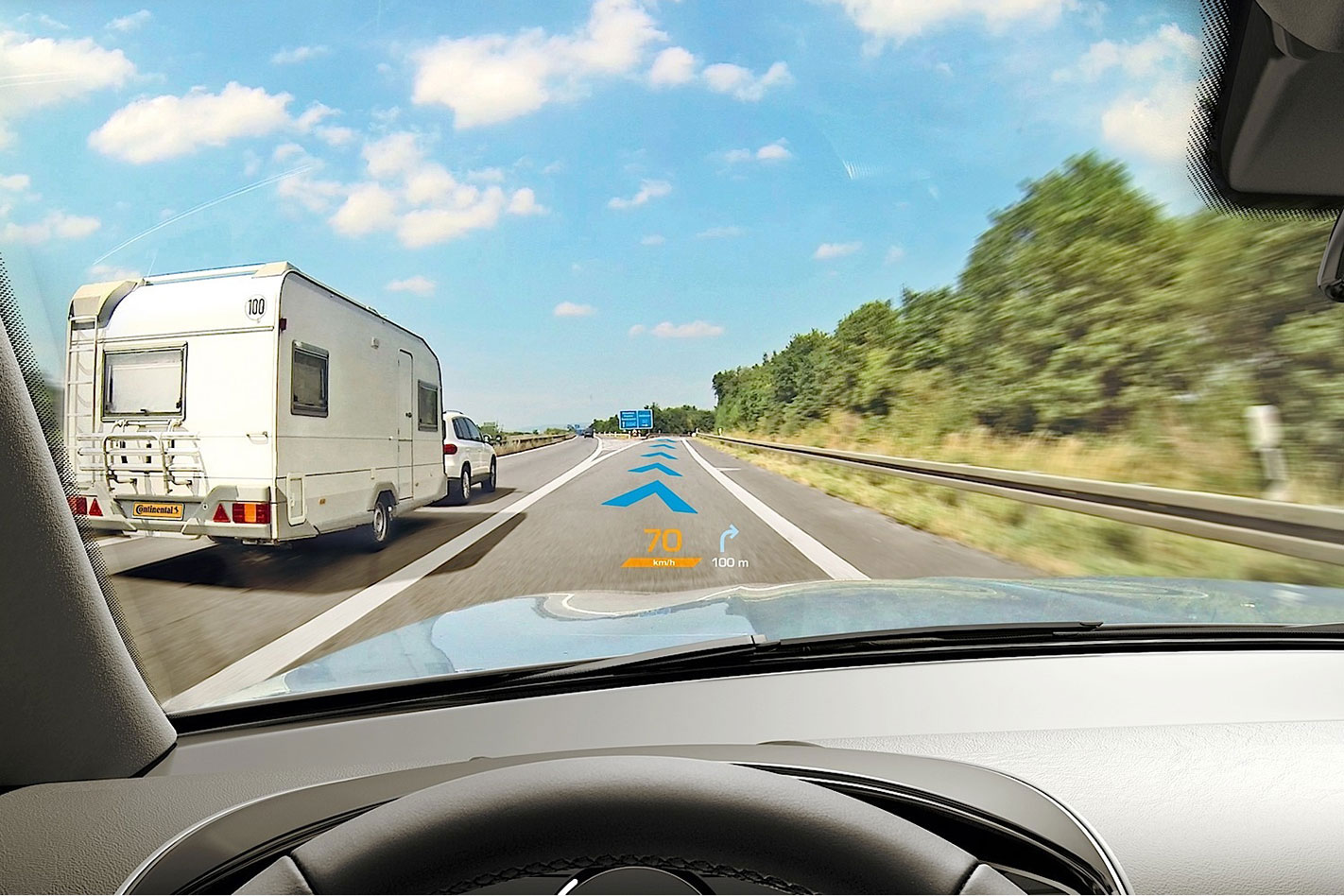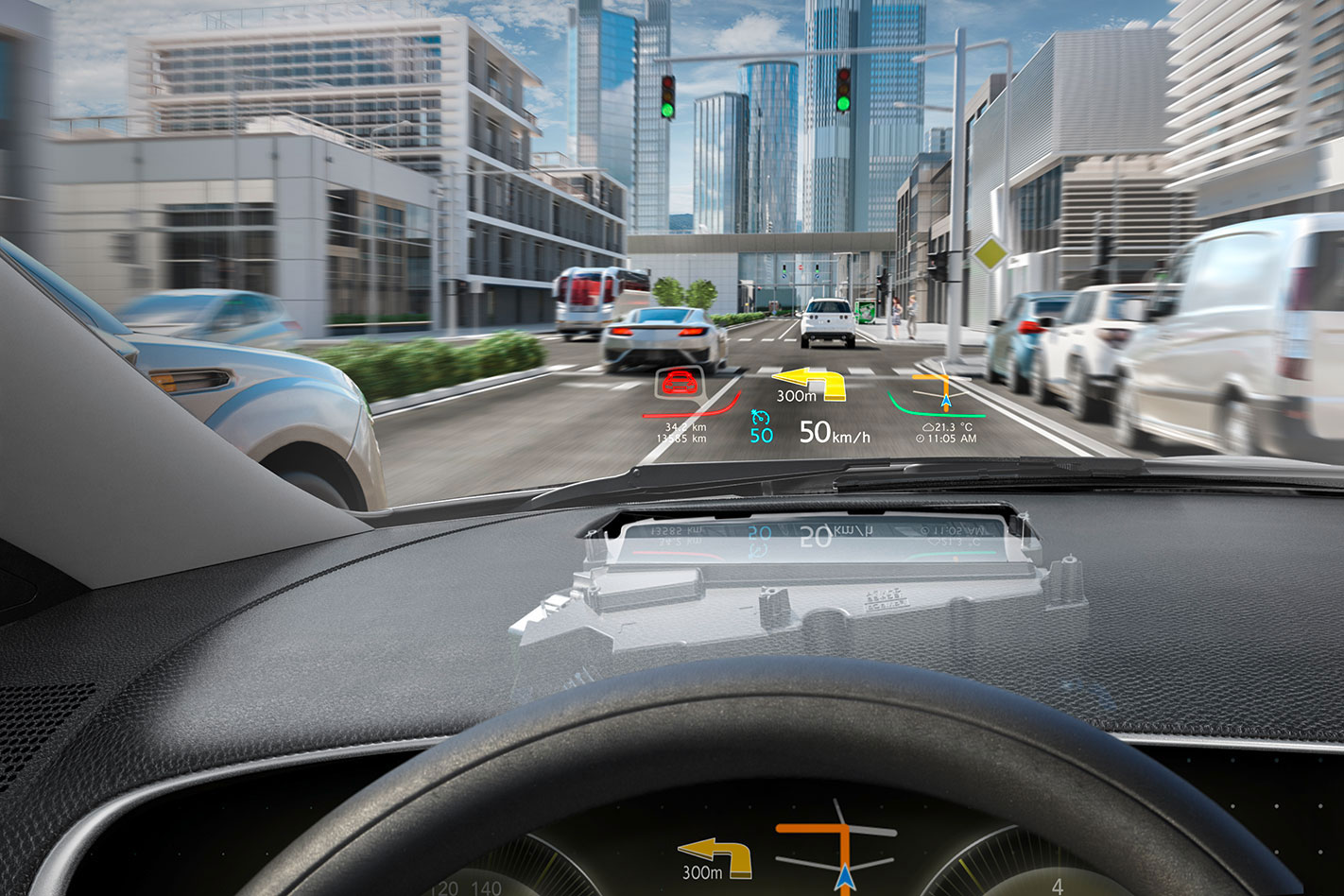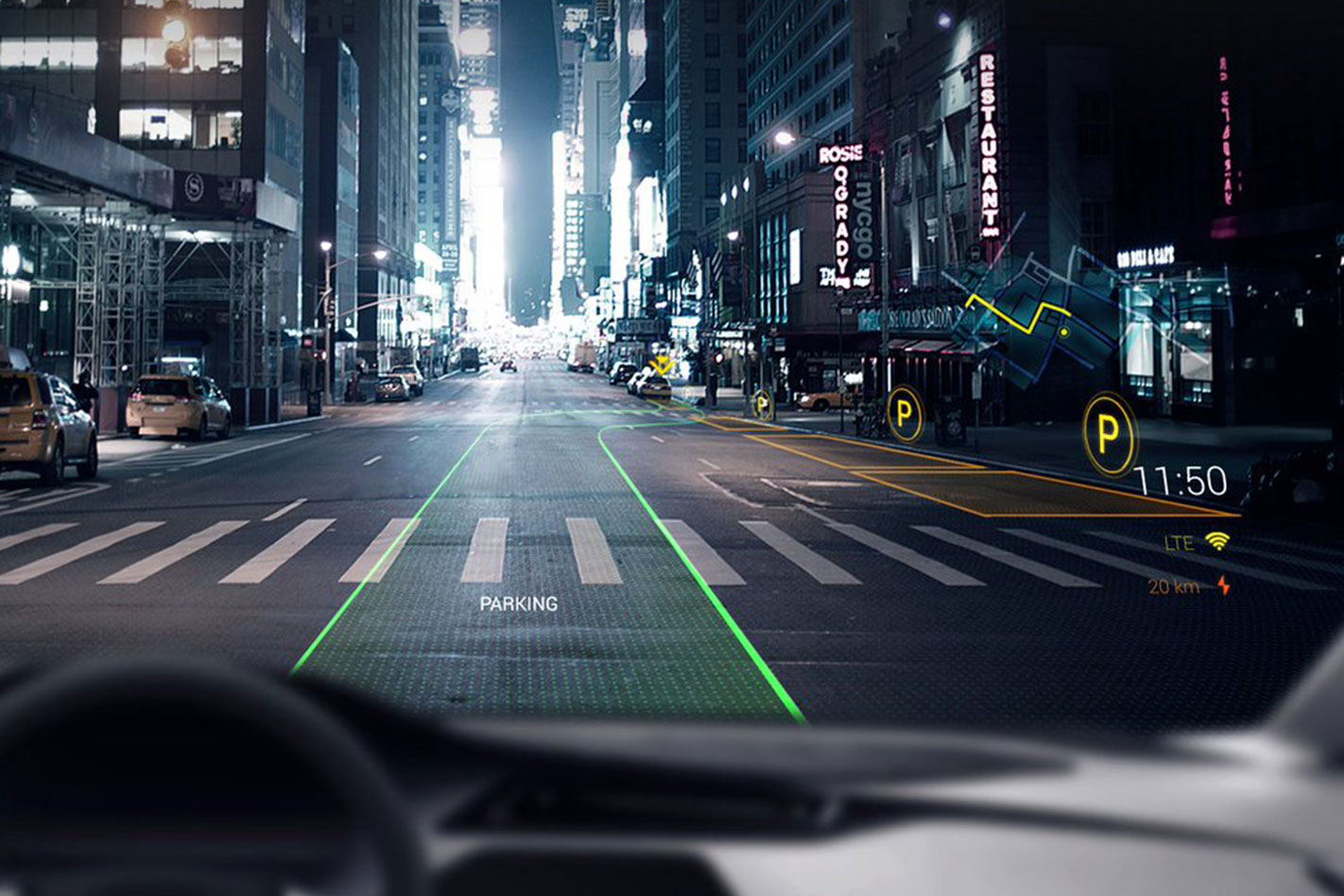
Augmented reality – the blend of the real world with the virtual one – is just about to arrive in cars. Ford has recently outlined plans to roll out the cutting-edge technology in future products, and as early as next year.
Ford has revealed its Lincoln Navigator, a large luxury SUV, will include a driver assist system that blurs the boundary between both worlds.

The system rolling out in the Navigator features the same technology used for digital projectors in cinemas, creating an image that’s sharper, more colourful and clearer than those that reflect a LCD display. It’s an important step in the path to augmented reality that will allow an image to project over a much larger area of the windscreen.
Head-up displays help drivers by placing relevant information, such as speed and navigation commands, in the driver’s field of vision. Doing this helps to reduce distraction caused by a driver having to take his or her eyes off the road to look at the instrument cluster or multimedia screen – a common cause of crashes.

Augmented reality systems work by providing a digital overlay on the windscreen. In time they should even be clever enough to superimpose street signs over intersections, and to indicate if the vehicle ahead is speeding up or slowing by showing a red or green patch in between the cars.
The technology will need to use more of the windscreen than current head-up displays. Systems in use today require a special clear plastic patch on the windscreen to reflect an image, but with future systems needing to map out a path through city traffic, more of what a driver sees needs to be included in the display meaning they will cover more than half a metre of windscreen.
Future systems should be so advanced that instead of just showing turn-by-turn instructions in the head-up display, it can draw a path on the windscreen for the vehicle to follow. Not sure if the next freeway exit ahead is the one you need to take? A series of virtual breadcrumbs tracing the route out ahead of you, superimposed on top of the real road, will lead the way.

The Lincoln’s system will even allow users to wear polarised glasses – a problem with many of the head-up displays used on the current generation of systems that drop out under a polarised lens.
In order for the augmented reality system to work, it will need to create a digital map of the world around it. A number of vehicles already on sale today already do this, with driver-assist systems such as lane-keeping assist and active cruise control painting a virtual image of the world around them that is used to monitor the driver’s inputs.
The Consumer Electronics Show, an annual electronics extravaganza held in California each January, is turning into something of a technology roadshow for car makers. Expect the latest advances in driver assistance technology to feature strongly.



